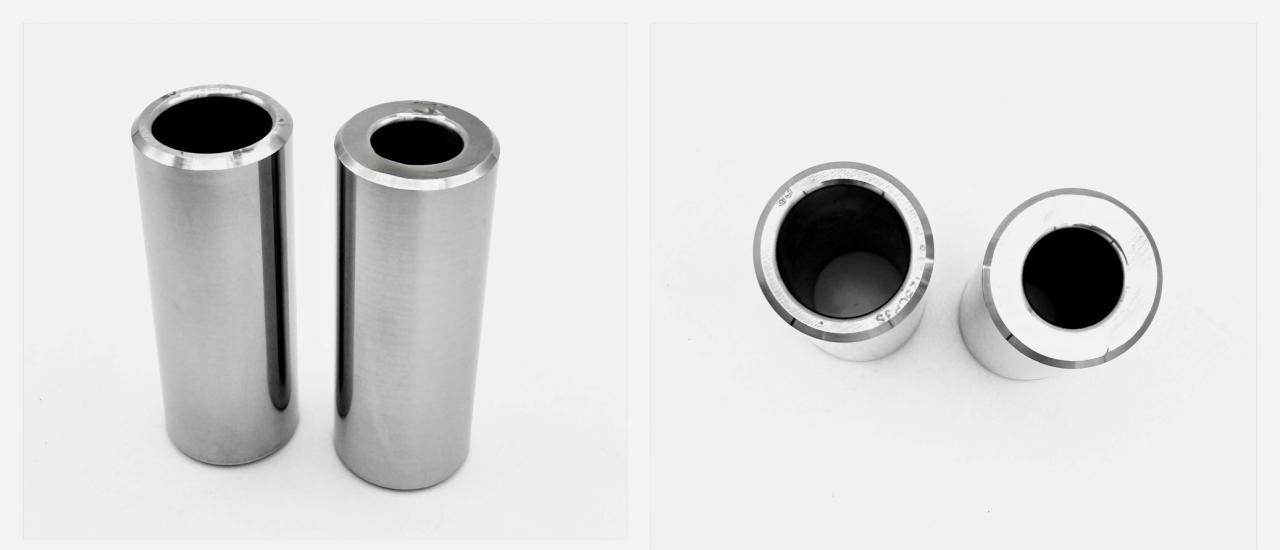Wrist Pins in Naturally Aspirated Engines: Thin Wall or Thick Wall?

In high-performance naturally aspirated engines, piston assembly weight (piston, pin, rings, and locks) is always a concern. While lighter often seems better, too light can cut the race short. A critical piece in this equation is the wrist pin.
For years—especially in naturally aspirated Super Stock drag race engines—the thinnest, lightest pins were considered best. An extreme example was the .875" x 2.000" pin with a .070" wall, weighing just 50–55 grams. Today, that pin is largely replaced by .866" pins, 2.000–2.250" long, with .150–.200" wall thicknesses, weighing 85–120 grams.
Why the shift?
The wrist pin keeps the piston and connecting rod together under immense loads. Many assume peak stress comes from ignition pressure, but in naturally aspirated engines the real punishment happens at TDC, when the crank pulls the piston and rod assembly downward. The rod pulls in the center of the pin, causing it to deflect: the ends push upward into the piston, increasing bore wear in the upper half and near the lock grooves. This can even dislodge pin locks.
When a pin binds in the piston or rod bores, piston rotation suffers—leading to galled bores and damaged skirts. The problem multiplies with heavier pistons and higher RPM. Thin-wall pins deflect more, forcing builders to open up pin-to-bore clearances as a temporary fix. The better solution is a thicker-wall pin that resists deflection, maintains bore integrity, and extends component life.
At CP-Carrillo, we work directly with builders across every form of racing—and build our own engines—so we’ve seen what works and what fails. Trust our experience to match the right wrist pin to your application on your next build.
